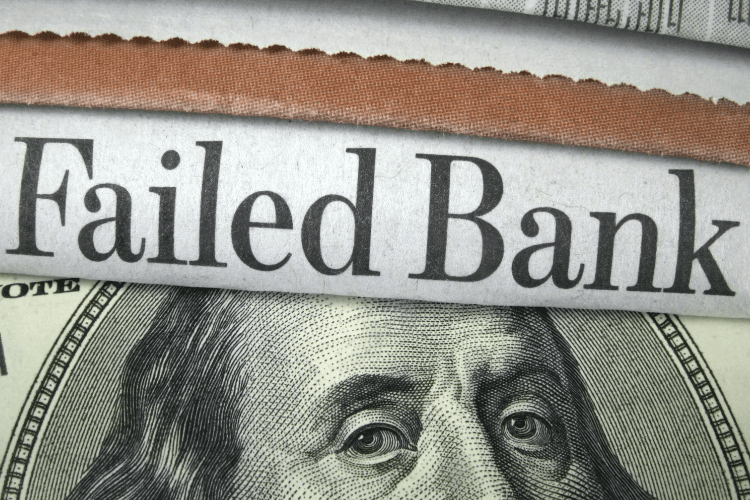How and Why to Consolidate Debt

Turn on the radio for three minutes and you’re almost guaranteed to hear a commercial about debt consolidation. It’s tempting to call that 800 number, especially considering the average American has $38,000 in personal debt.
Debt is extremely easy to get into but feels impossible to escape. Debt consolidation is supposed to help you begin the process of climbing out of your obligations but it’s important to understand the process and its pros and cons before you commit.
What is Debt Consolidation and How Does It Work?
Debt consolidation rolls together multiple debts into one individual debt, Rather than paying three different credit card and personal-loan bills, say, a debt consolidation plan combines them into a new bill or loan, so to speak, with a single monthly payment.
Debt consolidation does not change the amount of debt that you need to pay off: It isn’t a forgiveness plan. Mainly, it lowers the interest rate on all your debts, and often gives you more time to pay, too.
Pros and Cons of Debt Consolidation
Proponents of debt consolidation point out that it offers a few distinct benefits.
More than anything, debt consolidation promises a lower interest rate, though it’s not guaranteed. If you are able to secure a lower interest rate, you’ll reduce your total debt significantly. For example, a $29,000 car loan with an 8.4% interest rate costs $203 in monthly interest alone. If you consolidate your debt to secure a 5% interest rate instead, you may cut your monthly interest charges in half and save more than $1,000 every year.
However, there is a major string attached to this plan. Even though debt consolidation can lower your interest rate, it also extends the length of time over which you pay off your loan and pay into that interest rate. If you only make minimum payments, you’re actually at risk of paying more over the life of your consolidated loan than you would have before consolidating.
Debt Consolidation by the Numbers
Let’s look at an example to see how this is possible. Say you have a two-year loan of $10,000 at a 12% interest rate and a four-year loan of $20,000 at a 10% interest rate. You currently pay $517 per month to the loan of $10,000 and $583 per month toward the loan of $20,000. That’s a total payment of $1,100 per month toward your debt for a grand total of $34,821 over the next 41 months.
Now imagine you consolidated into a single loan that offers a 9% interest rate and a total monthly payment of $640. This sounds incredible, right? Saving more than $400 a month is a dream come true. But wait. Since your new consolidated loan requires a 59-month term, you end up paying that 9% interest rate over a longer period of time. Your loan total jumps to $37,103 with interest, which is $2,282 more than you would have paid before consolidating.
Yuck! You’ve bought yourself some breathing room in the short term, but also committed yourself to shelling out more money in the long term.
Is It a Good Idea to Consolidate Debt?
The best way to take advantage of debt consolidation is to pay more than your new monthly minimum. Consider paying the same amount you paid per month before consolidation, if possible, since that expense is already part of your budget. If that’s not possible, try to pay something in between. Capitalizing on your lower interest rate by paying more each month pay help you eliminate all debt within five years.
Debt consolidation can also work if you’re drowning now but can count on rescue in the foreseeable future: A six-figure job offer after you graduate from law school or business school in a year; inheriting money from the family trust when you turn 28, etc. In this sort of case, consolidate your debts to buy yourself some time. Then, once you have the money, pay off that new debt ASAP, or make a big dent in it.
Other Options You Should Consider
Despite what those radio commercials might tell you, you don’t need to consolidate to finally climb out of your black hole of debt. Consolidation may address the surface issue, but not the underlying causes of your sizable debt.
As an alternative, you can evaluate the way you handle your finances and make a plan to pay off your debt the old-fashioned way:
- Make a smart budget—and stick to it!
- Call your credit card companies and request a lower interest rate (sometimes you get a “yes!”).
- Pay extra on one debt at a time, starting with the debt with the highest interest rate and working your way down. This is also known as the avalanche method.
- Pay extra on one debt at a time, beginning with the lowest balance and working your way up. This is also known as the snowball method.
Debt consolidation is the right choice in some situations, but it’s important to understand every detail of your agreement and make sure you’re not being swindled for thousands of dollars. Either way, your debt doesn’t have to define you forever. There is a way out!
Don’t wait to get out of debt! Read this: A Complete, Step-By-Step Guide to Get Out of Debt.










